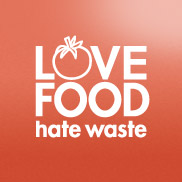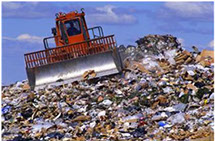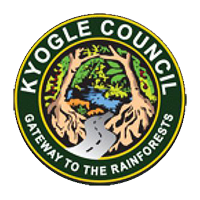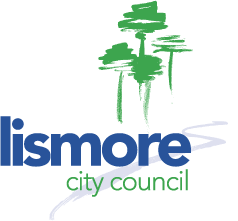PLAN IT:
LOVE IT:
Make sure you check your cupboards and fridge, and make a shopping list before you go shopping. That will make it much easier to avoid those random impulse purchases.
Freezing food is literally like hitting a PAUSE button and you can freeze almost anything before it ruins!
Airtight containers for salads and herbs; the fridge for fruit instead of in a fruit bowl (bananas and pineapple are the exception to this); the freezer for leftovers that you’ll eat at a later date.
Don't cook too much and serve less rather than more. If your family are still hungry after polishing o ff what’s on their plate, they can always go for seconds. This will also keep your family healthier by making sure their individual appetites determine how much is eaten, rather than forcing them to finish their plate.
(and YOUR LEFTOVERS)
LOVE FOOD CHALLENGE:
Do one thing differently and save money
Do at least one thing differently to avoid food waste and you’ll notice a difference to your weekly food bill. Tick the circle (or circles) and make the pledge to reduce your food waste. You will save money, cut food waste and ensure a healthier environment for you and your family to enjoy.






and SERVE IT
PROPERLY
Any leftovers that you know you'll eat or reuse in the next day or two, can go straight in the fridge. Otherwise, freeze them and you'll have an easy meal for those busy days. Great leftover recipe ideas can be found at loveyourleftovers.com.au
Who doesn't love food? But did you know that NSW households send an average of 800,000 tonnes of food a year to landfill.
Become a Food Lover Right Now
Save more than $1,000 a year

WHAT WE WASTE?
WHY DO WE WASTE?
The Environmental Impacts of Wasting Food

Here is what we are throwing away:
In NSW, we throw away
$2.5 billion =
worth of edible food a year.
$848 million of fresh food
$694 million of leftovers
$371 million of packaged products
$231 million of drinks
$231 million of frozen food
$180 million of take-aways
Buying food is one of the most wasteful forms of consumption in Australia. The average household waste bin contains
35%
FOOD WASTE
Research shows we commonly waste food in our homes because:
• we cook too much food
• food goes off before the use-by/best-before date
• we forget about leftovers in the fridge or freezer
• we don't know how to use leftovers
• we buy too much because we don't stick to a shopping list
• we don't check the cupboard or fridge before going shopping
• we're not planning our meals and menus as much as we could.
When wasted food is thrown away and breaks down in landfill, together with other organic materials, it becomes a major contributor to the generation of methane – a gas 21 times stronger than carbon dioxide at trapping heat in the atmosphere. The breakdown of food waste in landfill also releases nutrients, which can leach out of landfilled waste and pollute our groundwater and waterways.

Food production lifecycle
In Australia, the food supply chain is responsible for approximately 23 per cent of Australia’s total greenhouse gas emissions, making it the second-highest emissions generating activity after power stations. This includes direct emissions from agriculture, and those attributed to energy, transport, food production, processing and distribution of food.
Water
The single largest impact Australian households have on water use is through the food we consume. According to CSIRO data, throwing out one kilogram of white rice wastes 1,550 litres and discarding one kilogram of potatoes wastes 500 litres of water.



LOVE FOOD
To really love your food and avoid waste
follow these guidelines to:
• Buy only what you need
• Prepare and cook the correct serving size
BUY IT
Planning is the most important step when
buying food and avoiding food waste:
• Plan your meals
• Write a shopping list
SAVE IT
By keeping your food fresher for longer
you can help prevent it going to waste:
• Store your food correctly
• Check the use by and best before dates when buying.
• Use or freeze leftovers
COOK IT
You can reduce the amount of food
waste when cooking:
• Measure and cook the correct serving size
• Check the website for recipes for leftovers and blemished or wilted fruit and veg
What can you do to reduce your food waste?

Watch our TV Commercial to find out what you can do.



YES! I AM READY TO TAKE THE Love Food Challenge

Visit the Love Food Hate Waste website to find out more about loving food, and wasting less.


“This project was supported by the Environmental Trust as part of the NSW EPA’s Waste Less, Recycle More initiative, funded from the waste levy”









